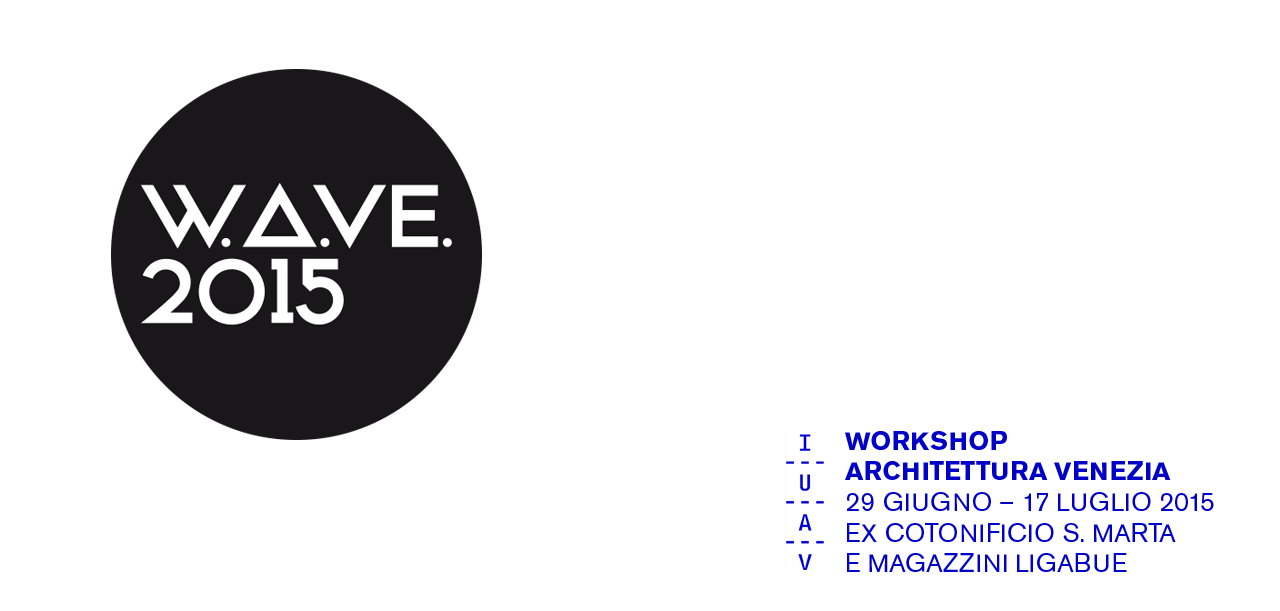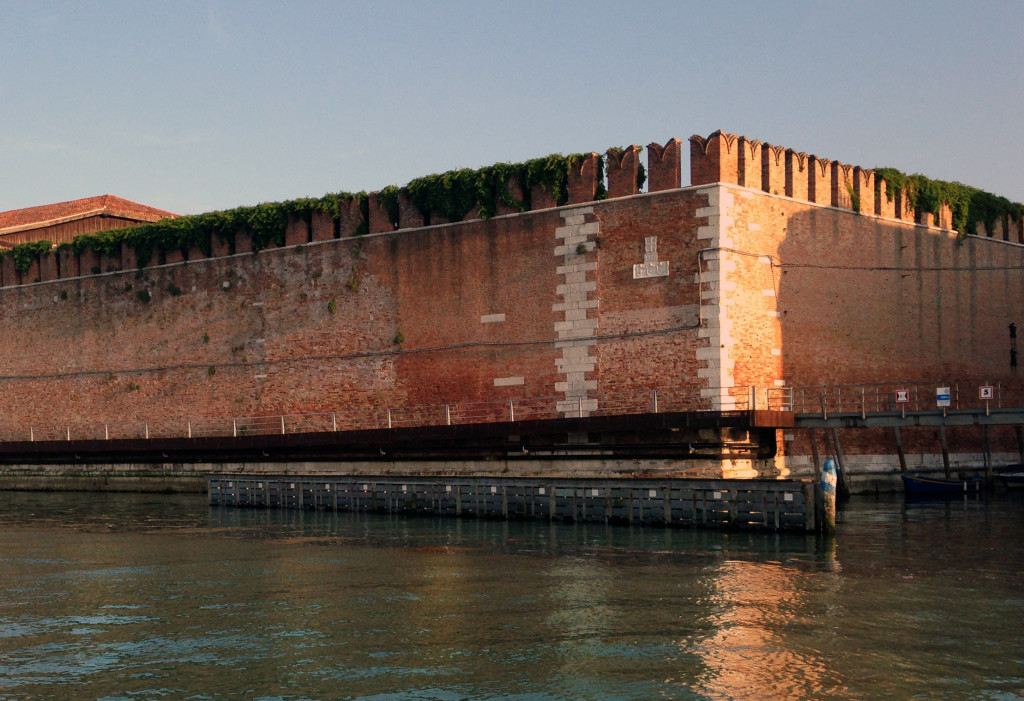Professor
Roberta Albiero [IUAV]
EN // The sudden and unexpected appearing of an imposing wall for a significant extension, along the canals of the city, makes the Arsenale of Venice a strong presence, mysterious memory of a cumbersome and still present past.
In fact, the large settlement of Arsenale is with its walls punctuated by breaks, layers, openings, reconstructions, a giant “recinto”.
This large urban enclave, once a territorial war machine, is finally today, after years of blackout, a real source of energy and space, in a city compressed and defined by its bounds.
Arsenale says, in its layers made of additions, extensions, demolition, an ongoing project that by the fourteenth century was an expression of the events of the Serenissima and that still brings a historical significance, that of a place of production, and today of cultural production, preservation of ancient knowledge and experimentation.
Arsenale is also a place of resistance in a city stormed by degrading tourism.
Arsenale, finally, as a place to return to Venice, where its inhabitants can finally live. Even if this happens already in some parts of it there are still large areas with latent potential, which require projects, ideas and of course economic resources.
Increasing the accessibility of Arsenale is an important step to establish new relations with the city.
The theme of the workshop is the study of a new access to the Arsenale north: a “hole ” physical or virtual that allow to cross the wall, visually, physically, mentally. Starting from the knowledge of the wall, its section, its structure, its material, the studenys will be study different ways to “break” and go to the other side of the wall: over, under, through, beside, above… Access, in any case, tought as a critical interruption of a physical and virtual continuity and as a “rito di passaggio”.
IT // L’improvviso e inaspettato pararsi di fronte di un muro imponente e il suo snodarsi per estesi tratti, lungo i canali, all’interno della città, rende l’Arsenale di Venezia una presenza forte, misteriosa memoria di un passato ingombrante e ancora presente.
Di fatto, il grande insediamento arsenalizio costituisce con i suoi muri ritmati da interruzioni, stratificazioni, bucature, ricostruzioni, un gigantesco recinto. Questo grande enclave urbano, un tempo macchina da guerra territoriale, rappresenta finalmente oggi, dopo anni di oscuramento, una risorsa reale di energia e spazio, in una città dai limiti compressi e definiti.
L’arsenale racconta, nelle sue stratificazioni fatte di addizioni, ampliamenti, demolizioni, un progetto continuo che dal Trecento è stato espressioni delle vicende della Serenissima e che ancora oggi è portatore di un significato storico, quello di luogo di produzione, anche e soprattutto culturale, di conservazione di saperi antichi e di sperimentazioni.
Arsenale è anche luogo di resistenza della città presa d’assalto da un turismo depauperante e degradante.
Arsenale, infine, come luogo da restituire a Venezia, nel quale i suoi abitanti finalmente possano entrare. Se in parte ciò già accade vi sono tuttavia vaste aree e manufatti con potenzialità latenti, che necessitano di progetti, idee e, naturalmente di risorse economiche.
Da luogo di produzione, dunque, a luogo di incontro, di aggregazione, di formazione.
Potenziare l’accessibilità all’Arsenale è un passo importante per stabilire nuove relazioni con la città.
Il tema proposto dal workshop è lo studio di un nuovo accesso all’arsenale nord: un “buco” fisico o virtuale che permetta di oltrepassare il muro, visivamente, fisicamente, mentalmente. A partire dalla conoscenza del manufatto, della sua sezione, della sua struttura, della sua materia, saranno studiate modalità differenti di valicare il muro ed entrare nel recinto: sopra, sotto, attraverso, di lato, dall’alto… Accesso, in ogni caso, inteso come interruzione critica di una continuità fisica e virtuale e come rito di passaggio.


Leave a Reply